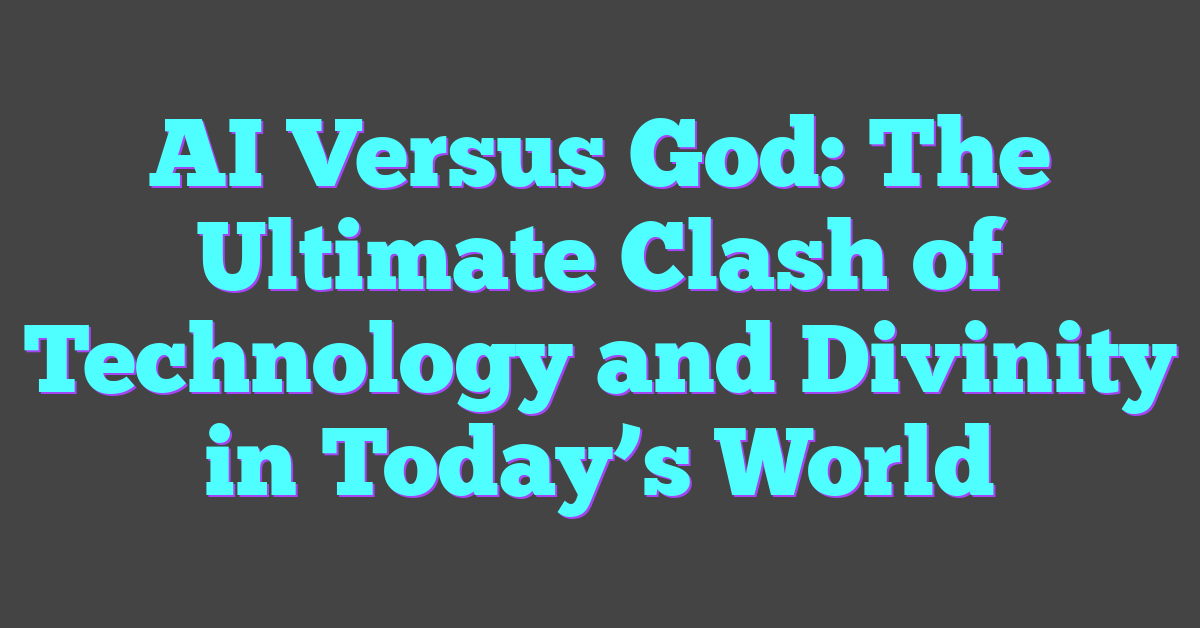Music and technology have always shared a special connection, but AI is taking things to a whole new level. From composing original tracks to enhancing audio quality, AI tools are transforming how we create and experience sound. It’s fascinating to see how these innovations are making music more accessible and creative for everyone.
Overview of Popular Audio and Music AI Tools
As someone who blends AI with content creation daily, I’ve explored several tools that enhance productivity and elevate audio quality. These AI tools improve workflows, save time, and help produce professional-grade content.
1. AIVA (Artificial Intelligence Virtual Artist)
AIVA specializes in composing original music for various projects like videos and games. It generates audio tailored to specific styles and moods, which is perfect for background scores or unique audio branding. I’ve used AIVA to create ambient tracks for videos, and its ability to customize genres stands out.

2. LANDR
LANDR offers automated mastering for audio tracks. It uses AI to analyze and adjust levels, making music sound polished and professional. I rely on it for quick audio mastering before publishing podcasts or videos. It also streamlines collaborative efforts by providing easy sharing options.
3. Descript
Descript is a versatile tool for editing audio and video. Its text-based interface lets me edit audio as easily as editing a document. I frequently use its AI-powered features like automatic transcription, voice cloning, and overdubbing to refine content faster.
4. Boomy
Boomy enables users to create AI-generated songs with minimal effort. It’s great for content creators who want royalty-free music without investing time in composition. I’ve often used it to produce catchy background tracks for my social media posts.
5. Audionamix
Audionamix excels in audio separation tasks, isolating vocals or instruments from tracks for remixing or enhancing audio clarity. It’s particularly helpful when I need clean vocal tracks or stems for remixes and edits.
6. iZotope Neutron
iZotope Neutron simplifies audio mixing with AI-powered features like track assistant and mix balance control. I use it during post-production to fine-tune audio elements while maintaining a professional sound.
7. Amper Music
Amper Music generates music tracks based on user inputs and preferences. It’s compatible with video editing software, making it easy to integrate custom audio into projects. I’ve found it valuable for producing attention-grabbing intros and outros.
8. Melodyne
Melodyne uses AI to adjust pitch and timing with precision. I rely on it to correct vocal imperfections and keep audio performances consistent across projects.
Each tool caters to specific needs in audio and music creation, whether it’s generating original tracks, mastering, or editing audio elements. For content creators integrating efficiency and creativity, these AI tools open new possibilities and streamline the journey.
Key Features of Audio and Music AI Tools
As a content creator deeply immersed in AI, I’ve discovered how audio and music AI tools can streamline workflows and elevate creativity. These tools bring powerful features that simplify complex processes, letting creators focus more on crafting their vision.
AI-Powered Composition
AI tools like AIVA and Amper Music compose original music tailored to specific styles or projects. These systems analyze vast datasets of music to learn about patterns, genres, and structures. In my work, I’ve used them to quickly generate background scores for videos. The ease of selecting musical emotions and getting unique outputs speeds up production without sacrificing quality.
Sound Editing and Mixing
Advanced software, such as iZotope Neutron and Descript, enhances sound editing and mixing. iZotope uses machine learning to suggest EQ, compression, and other adjustments. Descript allows text-based audio editing by transcribing recordings. I’ve found Descript particularly useful when editing podcasts, as I can cut or modify audio just by editing text like a document.
Voice Assistance and Recognition
AI voice tools excel in transcription, narration, and voice synthesis. For instance, Descript doubles as a transcription service, while tools like Speechify generate lifelike voiceovers. Leveraging these has saved me countless hours, especially when creating tutorials or converting scripts into professional-sounding audio tracks. AI’s accuracy in recognizing different accents and languages adds an extra layer of flexibility.
Music Recommendation Systems
Platforms like LANDR integrate AI to suggest mastering presets based on uploaded tracks. These recommendations are specifically tailored, ensuring professional-grade outcomes. On streaming services like Spotify, music recommendation engines create playlists that help me stay inspired. By analyzing my listening history and usage patterns, these systems curate music that aligns perfectly with my creative process.
Top Audio and Music AI Tools in the Market
As someone deeply involved in using AI tools to elevate my content creation, I’ve explored and utilized a variety of audio and music AI solutions. These tools have transformed how I produce professional-grade content efficiently.
AI Music Generators
AI music generators simplify the process of creating original tracks without the need for advanced musical skills. AIVA, for example, specializes in composing orchestral music tailored to specific moods or themes. I’ve used it to craft background tracks for videos that needed a cinematic feel. Amper Music offers customizable tracks by letting you adjust tempo, mood, and instrumentation; it’s ideal for quick, royalty-free music creation. Boomy, another favorite, allows you to create and distribute your own music globally, making music production accessible for non-musicians.
AI Tools for Audio Enhancement
Enhancing audio quality has become effortless with AI-powered editing tools. iZotope Neutron uses machine learning to automatically suggest EQ, compression, and other adjustments for your tracks. I rely on this to refine podcast audio and video soundtracks. Descript combines audio and text editing, letting you edit audio by simply modifying its text transcription. This feature-saving approach is a game-changer when working on tutorials and voiceovers. Audionamix stands out for separating vocals and instruments, which I’ve used to remix tracks or remove unwanted audio layers seamlessly.
Platforms for Music Personalization
Platforms designed for music personalization offer tailored experiences for creators. LANDR not only provides AI mastering but also recommends mastering presets and styles based on your specific music genre. Whenever I finalize a track, this helps ensure it’s optimized for any platform. Streaming platforms with music personalization tools, like Endlesss, enable real-time collaboration and improvisation. These solutions empower creators to experiment with new styles and formats, enhancing the creative process.
These tools are just a glimpse into what’s possible when merging AI with content creation. They’ve revolutionized the way I approach every aspect of production, saving me time while raising the quality of my work.
Benefits of Using Audio and Music AI Tools
Using AI tools for audio and music has transformed the way I approach content creation. These tools have streamlined my workflows, elevated the quality of my productions, and unlocked new creative possibilities across every project.
Enhanced Creativity and Efficiency
AI tools have redefined my creative process by generating ideas and automating repetitive tasks. Music generators like AIVA and Amper Music help me compose tracks tailored to specific moods or styles, which sparks creativity when I’m developing content. Descript simplifies podcast editing with its text-based audio interface, so I spend more time fine-tuning my work and less on manual corrections. These tools empower me to complete projects faster without compromising quality.
Improved Sound Quality
AI-based tools ensure my audio always sounds professional. Platforms like iZotope Neutron analyze and enhance my recordings with precision, balancing vocals and reducing noise effortlessly. Audionamix is invaluable when I need to separate or isolate elements from a track, offering clean vocal or instrumental stems for remixing or editing. These tools enable me to deliver polished content, even for complex projects, with minimal effort.
Personalized Experiences
AI’s ability to adapt to my preferences streamlines everything I create. LANDR’s mastering platform uses data-driven algorithms to recommend settings that align with my genre and style, ensuring my tracks always sound cohesive. Endlesss, with its real-time collaboration features, lets me co-create music with other creators who share my vision. These personalized features not only enhance my creative output but also make collaboration seamless and enjoyable.
Challenges and Limitations
AI tools have undoubtedly transformed how I create music and audio content, but they’re far from perfect. While they save time and boost creativity, certain challenges emerge during their use.
Ethical Concerns
Ethical considerations often surface when using AI in creative workflows. AI-generated music or content may raise questions about originality and authorship. For instance, when I use AIVA to compose a track, who owns the rights to the composition? Many AI platforms offer usage rights, but ambiguity remains regarding intellectual property laws, especially for commercial purposes.
Another concern lies in bias embedded in AI algorithms. These biases, inherent in the data used to train AI, can limit creativity or lead to unintended exclusion. For example, music AI trained only on Western genres might underrepresent global styles, leaving some creators underserved. Addressing such gaps feels essential to foster inclusivity in AI-driven content.
Reliability and Accuracy Issues
AI tools, while impressive, don’t always deliver precise results. I’ve encountered reliability issues with transcription software and voice synthesis tools, such as slight mispronunciations or inaccurate text outputs in Descript. Small mistakes like this may require manual corrections, which could disrupt workflows rather than streamline them.
Some audio enhancement tools like iZotope Neutron occasionally struggle with complex soundscapes, not differentiating well between background noise and subtle ambient tones. This can lead to overprocessing or undesirable alterations, particularly when working on intricate audio mixes. While AI can serve as an excellent starting point, human intervention is often essential to finalize premium-quality results.
Even with these challenges, I believe recognizing and addressing these limits helps optimize how we use AI in content production. Identifying and tackling these areas ensures that AI continues to enhance efficiency without compromising quality or creativity.
Conclusion
Exploring the world of audio and music AI tools has been an eye-opening journey. These tools have not only reshaped how music is created and refined but also unlocked opportunities for creators of all skill levels. From generating original compositions to enhancing sound quality, AI has truly elevated what’s possible in music production.
While there are challenges to navigate, the potential of these tools far outweighs their limitations. By embracing their capabilities and staying mindful of their shortcomings, we can continue to push creative boundaries. It’s an exciting time to be a part of this ever-evolving landscape, and I can’t wait to see how AI continues to shape the future of music and audio creation.




